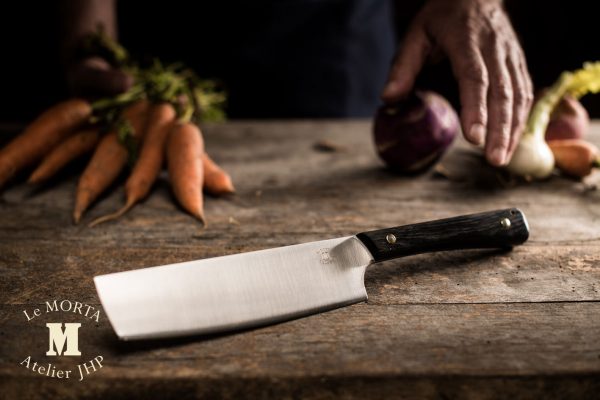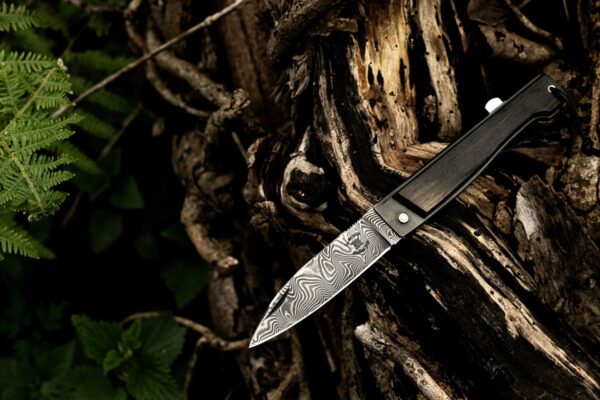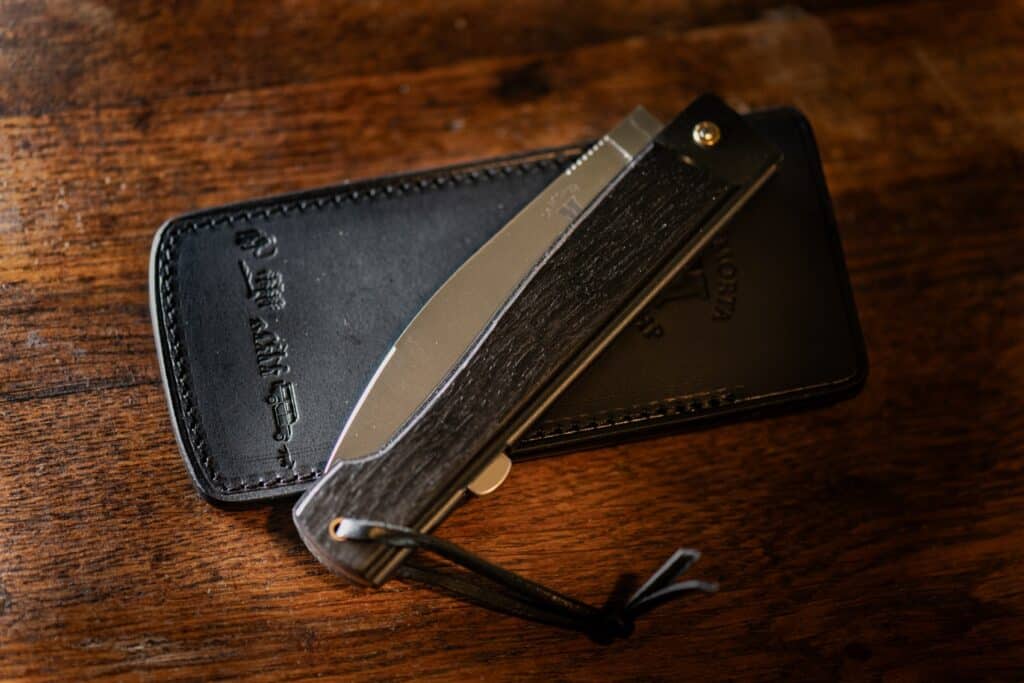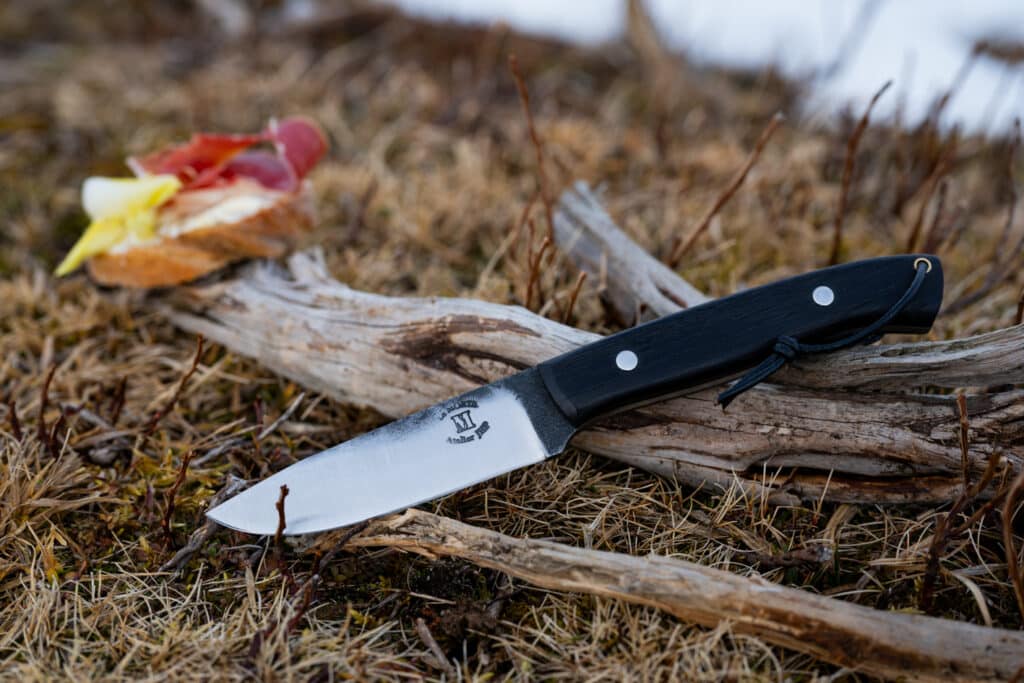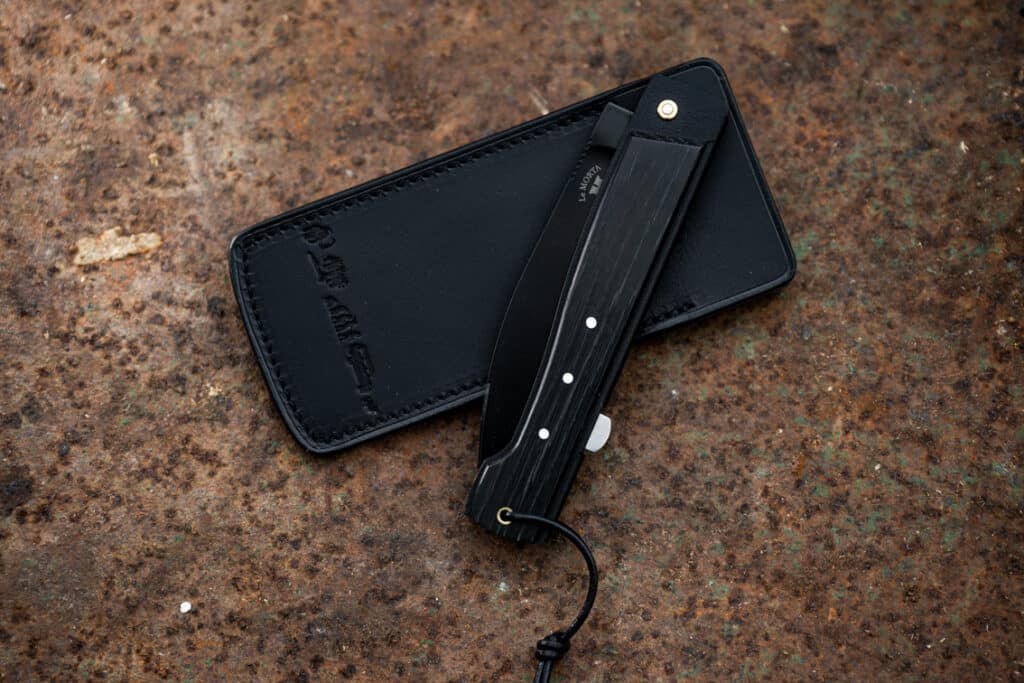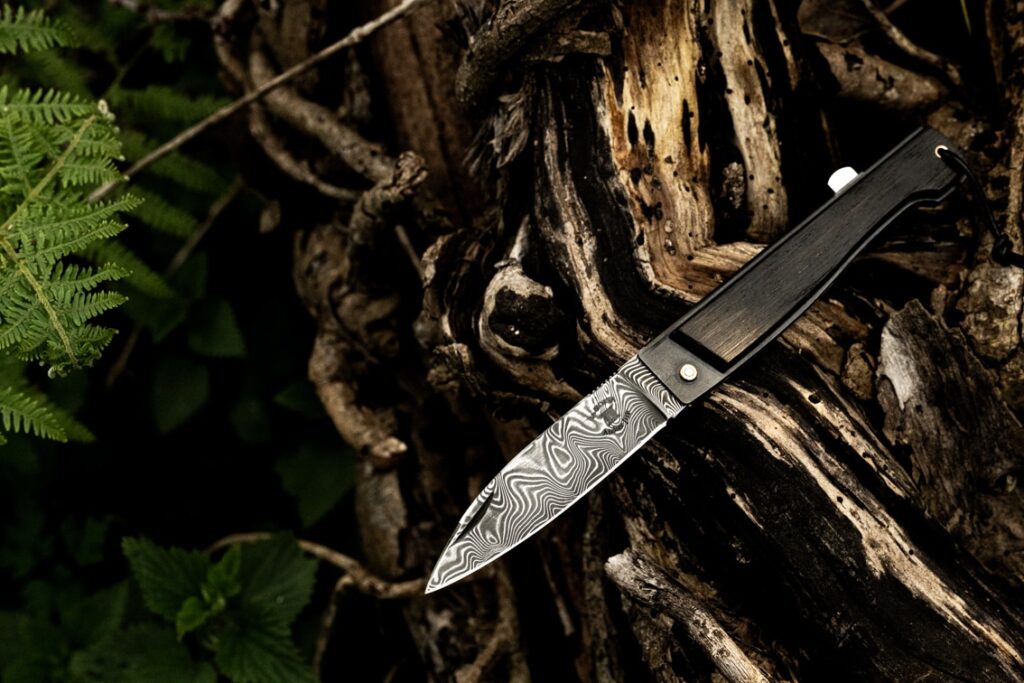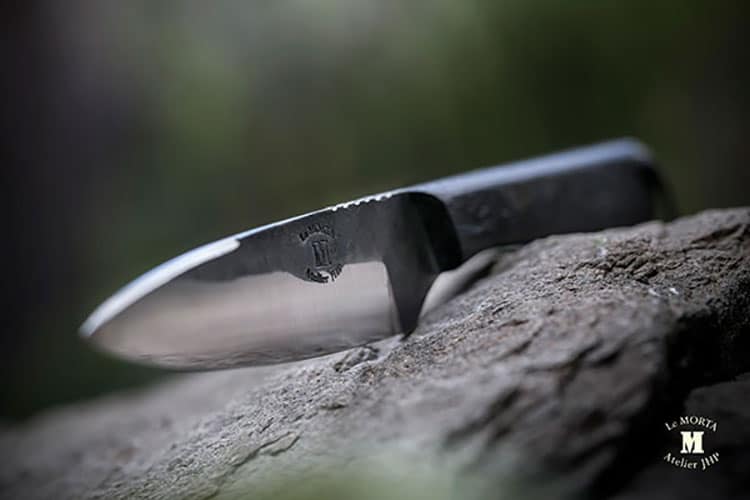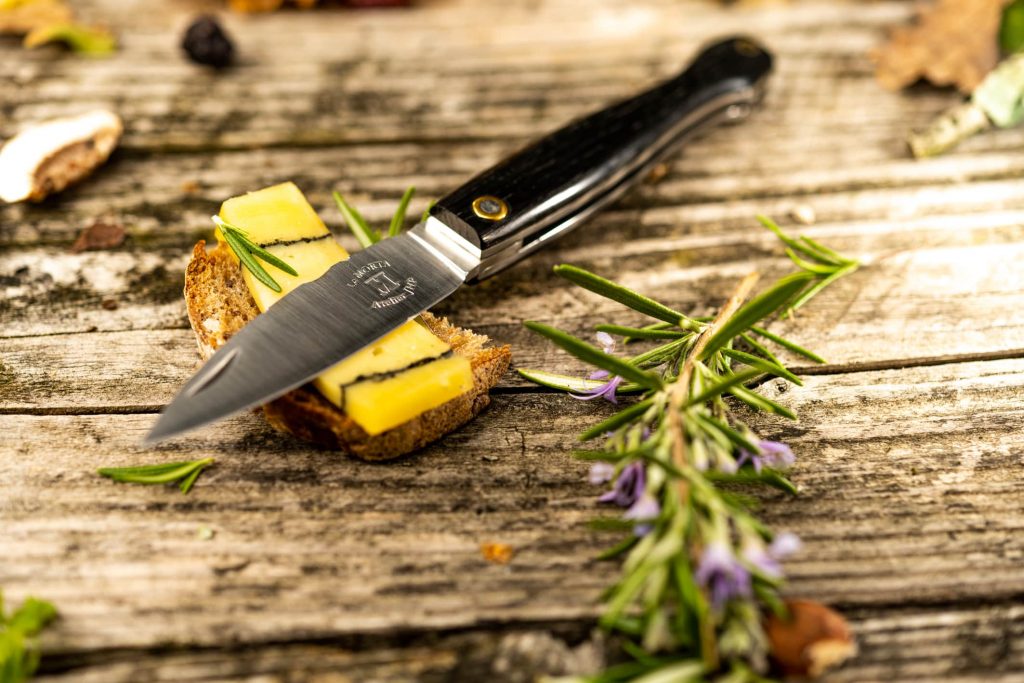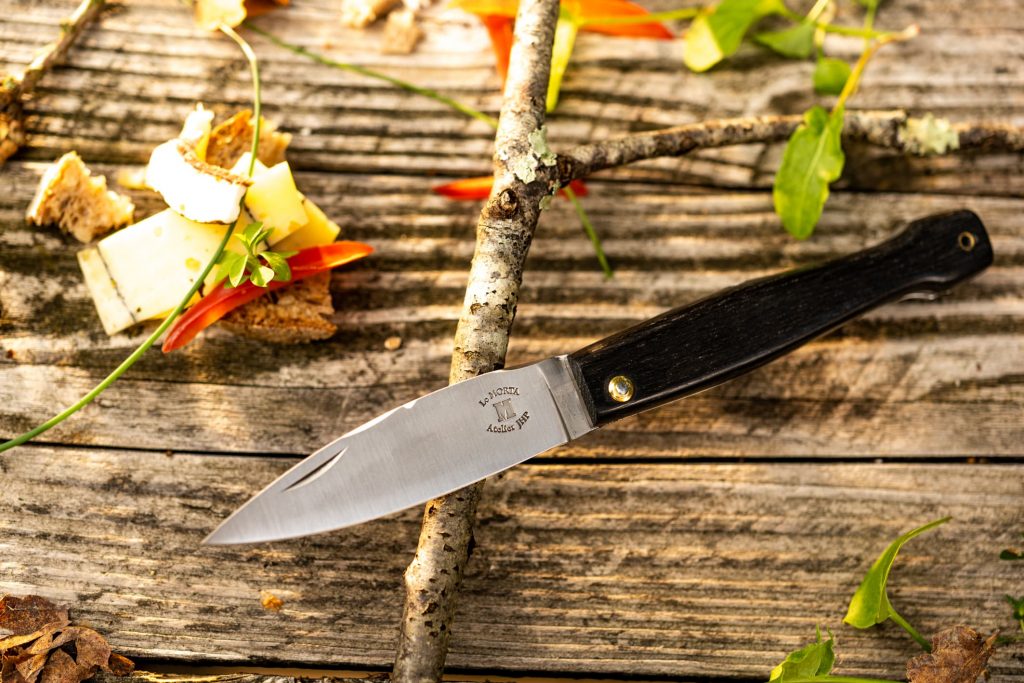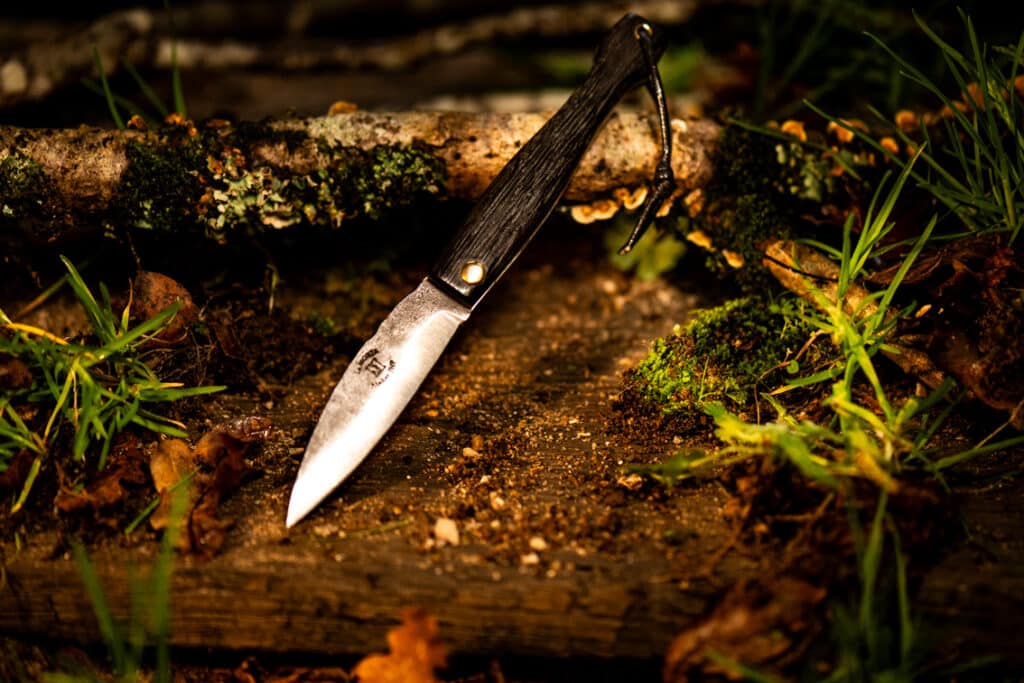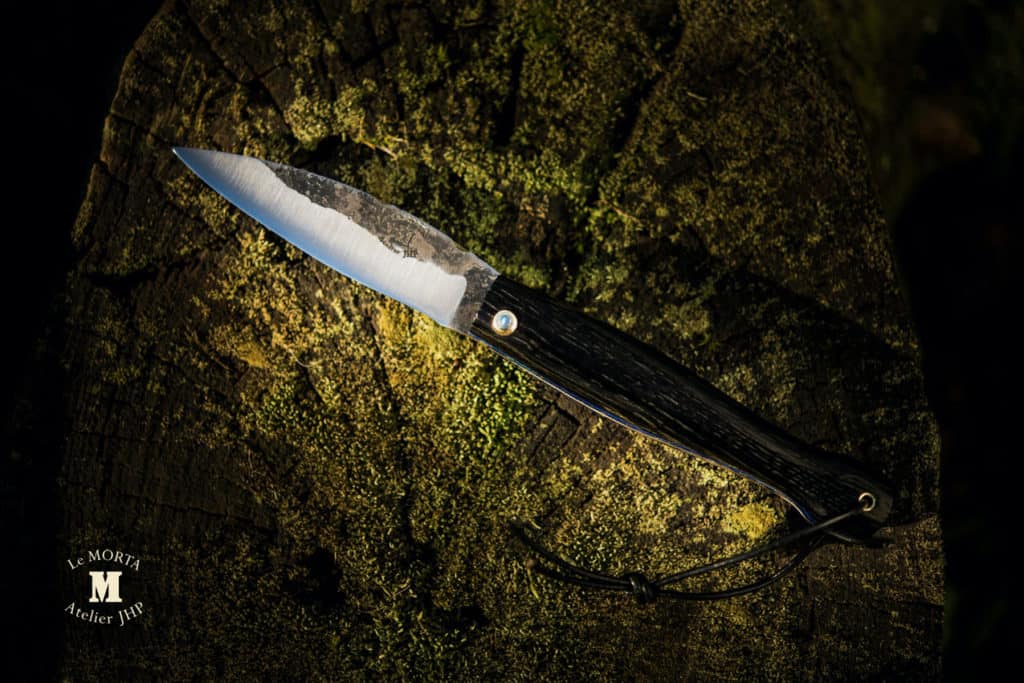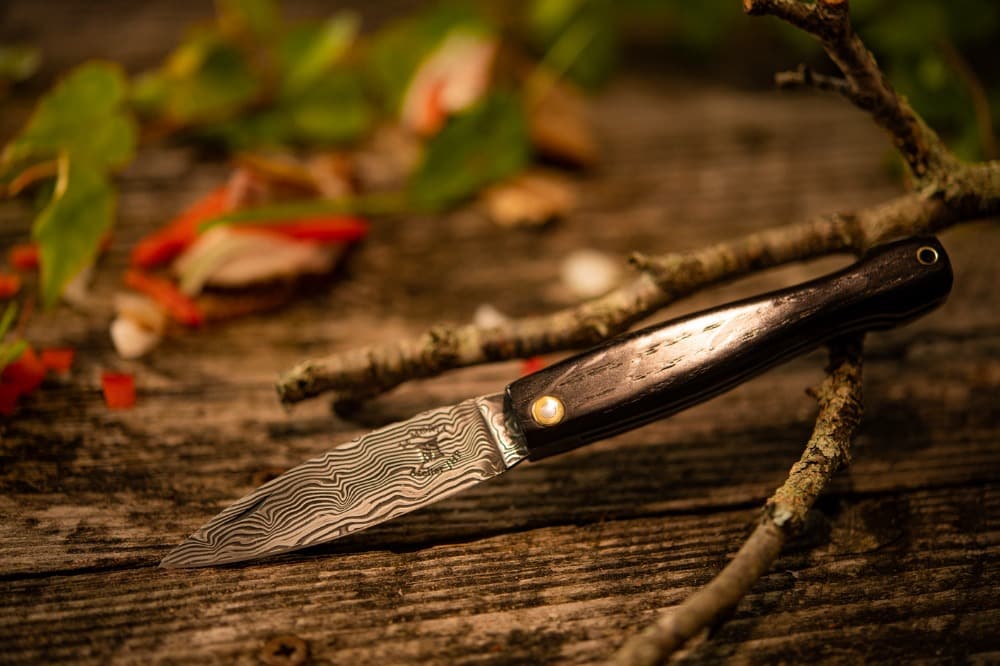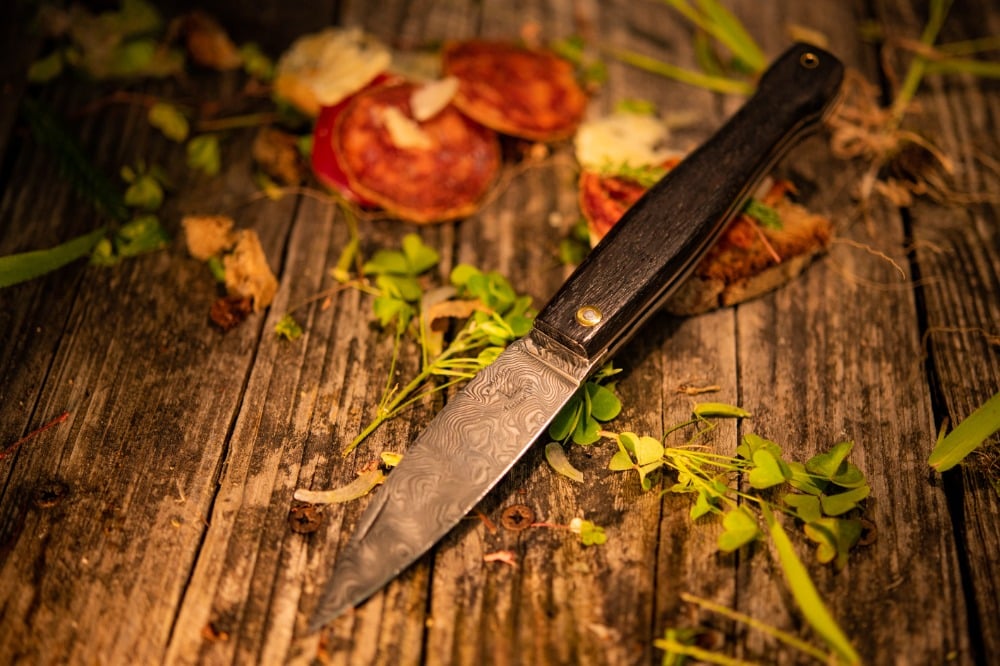In the workshop, it’s the cutlers’ hands that do the talking. The knife slowly takes shape. Every handle, every sharpening, every gesture counts. Nothing to prove, just know-how to apply and offer. The highest distinction in the field of craftsmanship, being a Master Craftsman attests to technical quality and the desire to perpetuate heritage. To obtain the specific title of maître artisan d’art, you need to practice a profession recognized as an art craft. But beyond its status, this label is also a moral commitment for its holder: to preserve a living intangible heritage and pass on his or her expertise to future generations. This recognition draws a clear line: that of rigor, passion and fidelity to the gesture. What does it really reflect, and how does it appear in a Morta knife?
What the title of master craftsman really means?
Know-how, requirements and contribution to intangible heritage
The title of Master Craftsman is governed by articles R.221-1 to R.221-3 of the French Crafts Code. It is open to both individuals and companies, as long as they practice an art craft defined in article L.212.2 and listed in the decree of December 24, 2015.
To date, the Institut pour les savoir-faire français lists 281 art crafts in 16 sectors, including lava enamellers, trunk makers, fresco artists, guilloche artists, wood sculptors, thatchers, marble workers and… cutlers.
Obtaining the “maître artisan d’art” label testifies to three major criteria:
- know-how ;
- a high standard of professional practice;
- a contribution to intangible heritage.
To achieve this, the craftsman applies a precise gesture that has been enriched over time (shaping a Morta handle, guillochéing the blade). He respects specific codes and rules of art (luthier, cutler, potter). He passes on his technique, making his know-how evolve. As well as making an object, the craftsman brings his practice to life. This is how they contribute to our intangible cultural heritage.
Intangible heritage: when gesture becomes living memory
Traditional weaving, instrument making and artisanal manufacturing rituals are all examples of intangible heritage. In cutlery, woodworking for the handle, forging the blade and manual guillochage perpetuate ancestral gestures handed down by masters to their apprentices.
In France, Anna Le Corno (cabinetmaker), Nicolas Pinon (lacquerer), Mathieu Bassée (architectural embroiderer) and Janaïna Milheiro (feather worker) have earned this title thanks to a perfect blend of techniques, respect for tradition and creativity.
🔪 It’s this same invisible thread that each Morta knife continues: that of an ancestral gesture handed down by hand, to last over time.
Artisan, master craftsman and master craftsman of art: what are the differences?
Artisans
An artisan is a business owner who :
- holds a diploma or recognized qualification in the trade ;
- engages in a professional activity of production, transformation, repair or provision of services falling within the scope of the craft industry (as listed in the Code de l’artisanat), and generates most of his or her income from this activity;
- is economically independent;
- is registered with the National Business Register (RNE).
Master craftsmen
Master craftsmen are company directors who have been developing their know-how and their business for several years. In most cases, they have helped train apprentices.
Master craftsmen
The terms “artisan” and “maître artisan” take on a special dimension in the art professions.
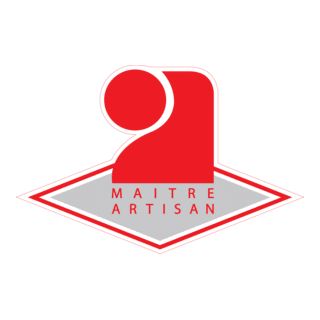
These are known as artisan d’art or maître artisan en métier d’art. The conditions for obtaining them remain similar to those of the classic master craftsman, with one exception: practicing a craft recognized as an art craft, according to the decree of December 24, 2015.
This concerns, for example:
- restoration of movable or immovable heritage;
- the creation of contemporary or traditional objects.
What you need to know to become a master craftsman?
Prerequisites for obtaining the master craftsman label
There are three ways to become a master craftsman.
- You must hold a Brevet de Maîtrise in your trade or in a related trade, and have 2 years’ professional experience. In this case, application is made to the President of the Chambre des Métiers de l’Artisanat.
- Hold a diploma with a level of training at least equivalent to the Brevet de Maîtrise in the trade practiced or in a related trade, and demonstrate qualifications in management and psycho-pedagogy equivalent to those of the corresponding Brevet de Maîtrise credits. This must be combined with 2 years’ professional experience.
- If you don’t have a diploma, you must have been registered with the Registre National des Entreprises for at least 10 years in the trade, and demonstrate recognized expertise, either in the quality of your work or in welcoming apprentices to your workshop.
In cases 2 and 3, the title is awarded by the regional qualifications commission.
Steps to follow
The title of Master Craftsman is awarded by the President of the Chambre de Métiers et de l’Artisanat in conjunction with the Regional Qualifications Commission.
Applications for the Master Craftsman label are made directly to the President of the Chambre des Métiers et de l’Artisanat.
In both cases, the form is available on the website of your regional CMA.
Becoming a master cutler
Cutlery is one of 281 officially recognized crafts. As such, an experienced cutler is fully entitled to the title of Master Craftsman in Cutlery, provided he or she meets the criteria mentioned above: seniority, qualification and commitment to transmission.
This title underlines the technical quality of steel and woodwork. It also testifies to the ability to combine tradition and creation, notably through guillochage, the choice of materials or the harmony of the handle.
🔪 In a workshop like JHP, where each knife is born of a dialogue between steel and Morta (a thousand-year-old wood), this recognition takes on its full meaning. It recognizes the value of living, exacting know-how, handed down from hand to hand.
What the label changes in the workshop and in a Morta knife?
In the JHP workshop
Cutlery bearing the Master Craftsman label is technically demanding. Every gesture respects know-how and brings out the best in materials. Cutlers use their creativity to come up with new innovations. The daily challenge lies in striking a balance between ancestral practices and the desire to keep the product and tradition alive. It’s up to these craftsmen to pass on their skills and inspire the younger generations to take up the baton and perpetuate the love of these ancient trades.
🔪 This social responsibility has contributed to our desire to promote Morta, the oak from the Brière marshes. Indeed, the more this age-old local wood is recognized for its true value, the more young craftsmen will be keen to work it and perpetuate its reputation.
On a Morta knife
To make art knives is to judiciously combine a noble material and a wealth of know-how with the emotion that its owner will feel when he takes it in his hand. Knives are cultural objects, passed down through the family. It bears the story of the wood it’s made of, of the family who gives it to you, or of the story you choose to tell yourself. Each Morta knife is unique in the emotions it evokes. And so are you. In every case, it’s one with the soul of the person who receives it. Master craftsman label or not, a Morta knife carries the values you give it.
Discover how to personalize your knife by engraving a handwritten message for a unique and deeply intimate touch.
Yes, Atelier JHP is a certified master craftsman. However, our knifemakers don’t think about this distinction when they extract the Morta or sharpen the blade. They focus on the happiness of the future owner of the knife that comes to life in their hands. For that is their greatest reward, the smiles and sparkle in our visitors’ eyes.
🪶 Article written by the sharp pen of Christelle Lorant.
Our sources :



